8 mods to make free camping awesome
How good is it when you discover an awesome free campsite, away from all the crowds and without a worry in the world? We’ve come up with eight of the best mods for your camper, 4WD or rooftop tent that will make free camping awesome.
BATTERY POWER
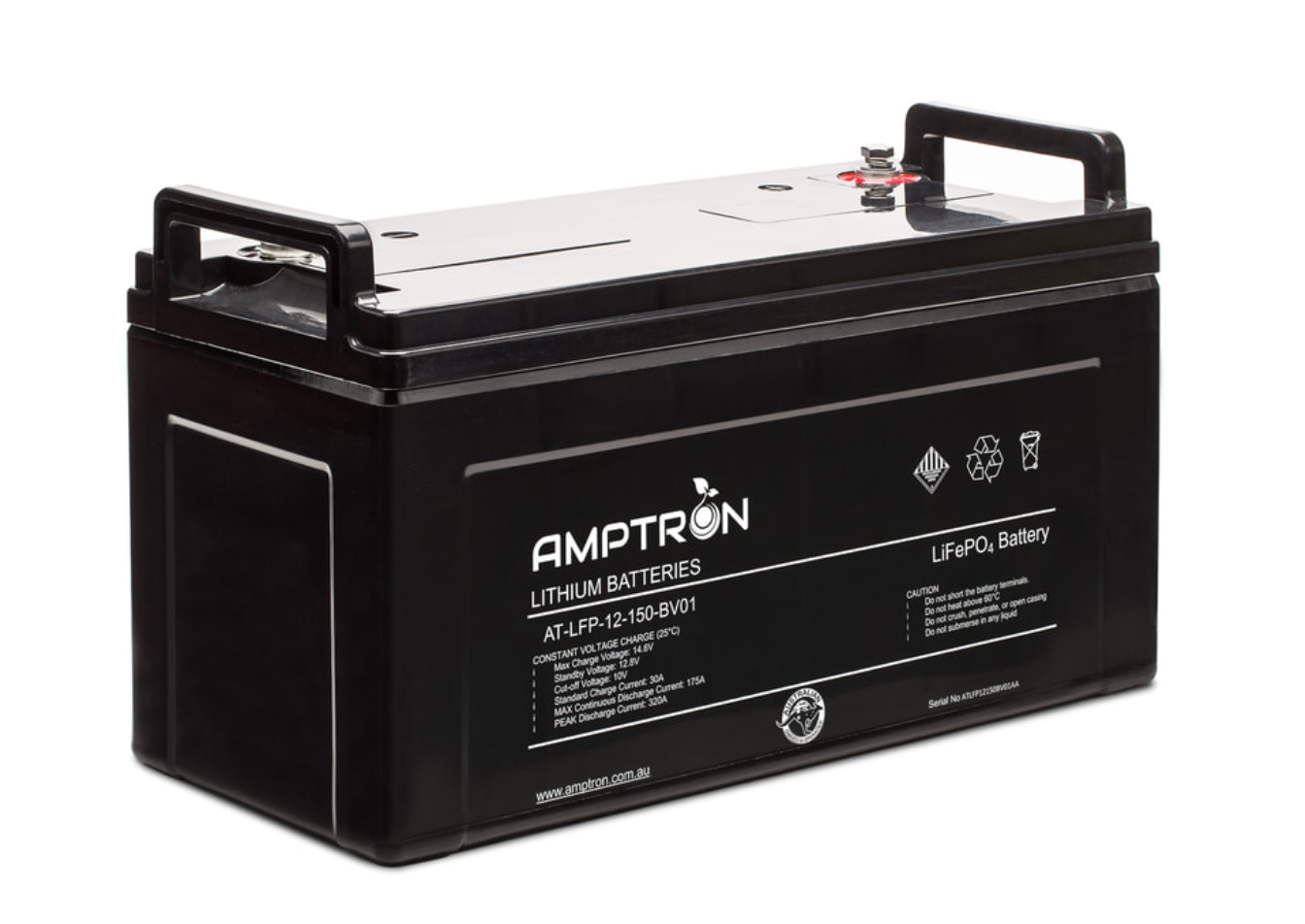
(Image: A lithium battery may seem expensive, but it is a cheaper option in the long term.)
An AGM battery is heavy and you can only use 50% of its charge
If you want to spend two weeks relaxing in a free campsite without the stress of worrying if your battery is going to cope, upgrade those heavy, wasteful AGMs, with lightweight, hard-wearing lithium batteries. This goes for your camper as well as your 4WD auxiliary batteries. Lithium offers a higher voltage delivery for longer with 95 per cent of useable power. Lithium batteries also recharge very quickly compared to an AGM.
DCDC CHARGING

(Image: Installing a DCDC charger close to your auxiliary battery is a great mod to keep it charging correctly.)
Few campers come with a DCDC charger for charging your camper battery when driving as standard these days. They either have a VSR or nothing at all. Often the 50A Anderson plug that connects to the camper battery is installed, so it is a simple job for an auto sparky or a DIYer to install a DCDC charger in the camper to better manage the charging of auxiliary batteries. Most DCDC chargers also contain MMPT solar management as well. A DCDC unit works well with smart alternators as well as being able to cater for a variety of battery types, including AGM and lithium batteries.
COVER FOR RAIN AND SUN
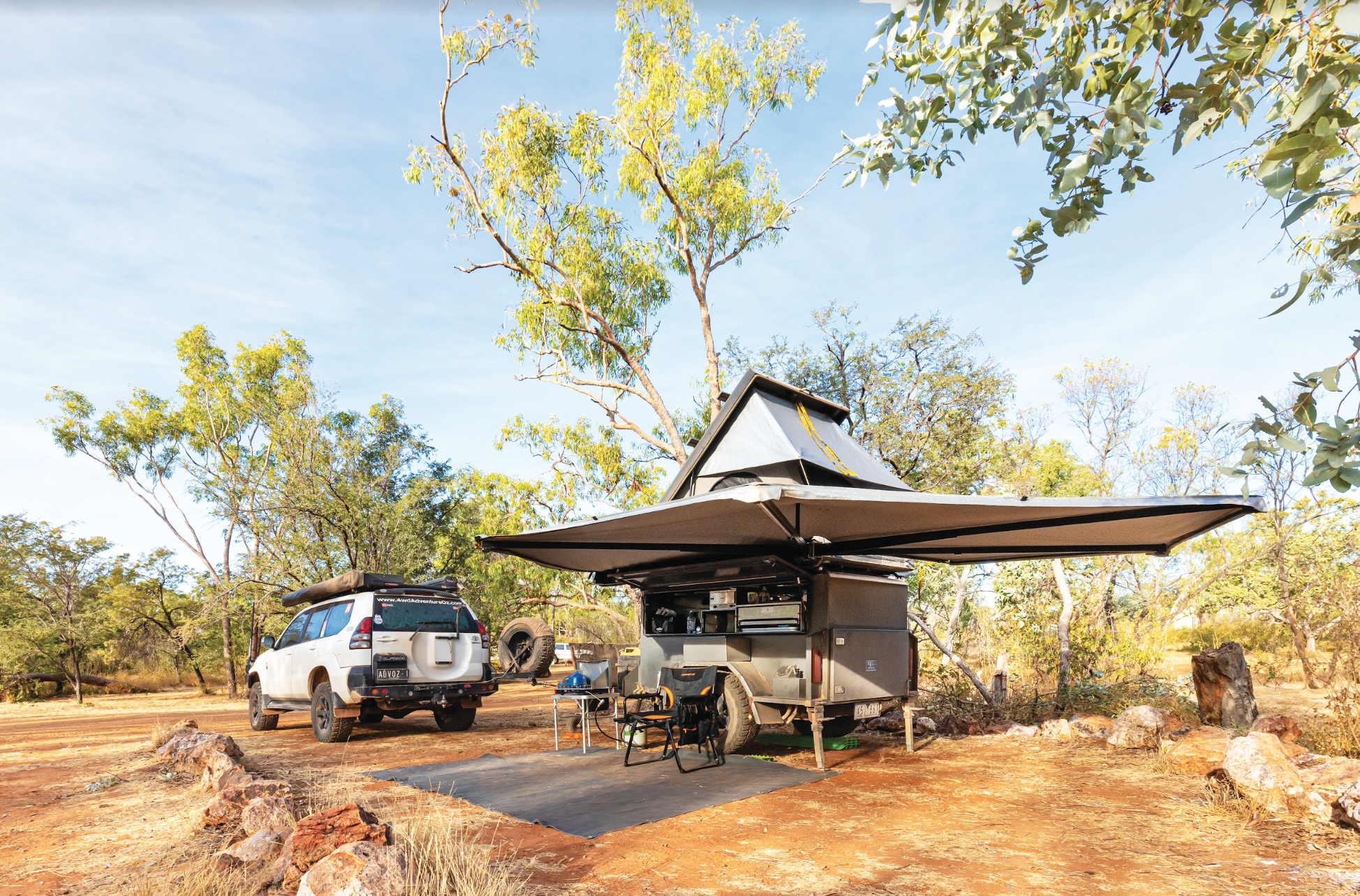
(Image: An awning on your camper will provide shade and protection from the rain.)
An awning is an essential item when it comes to free camping, as it offers shade on a sunny day, cover when it rains and could even be used to collect rainwater for washing the dishes. If you have one on your camper and one on your 4WD, you can extend the amount of cover you get. It seems the 270-degree awnings are all the rage these days, especially ones that are self-supporting. They provide maximum coverage and are also quick and easy to set up and pack down.
KEEPING CLEAN
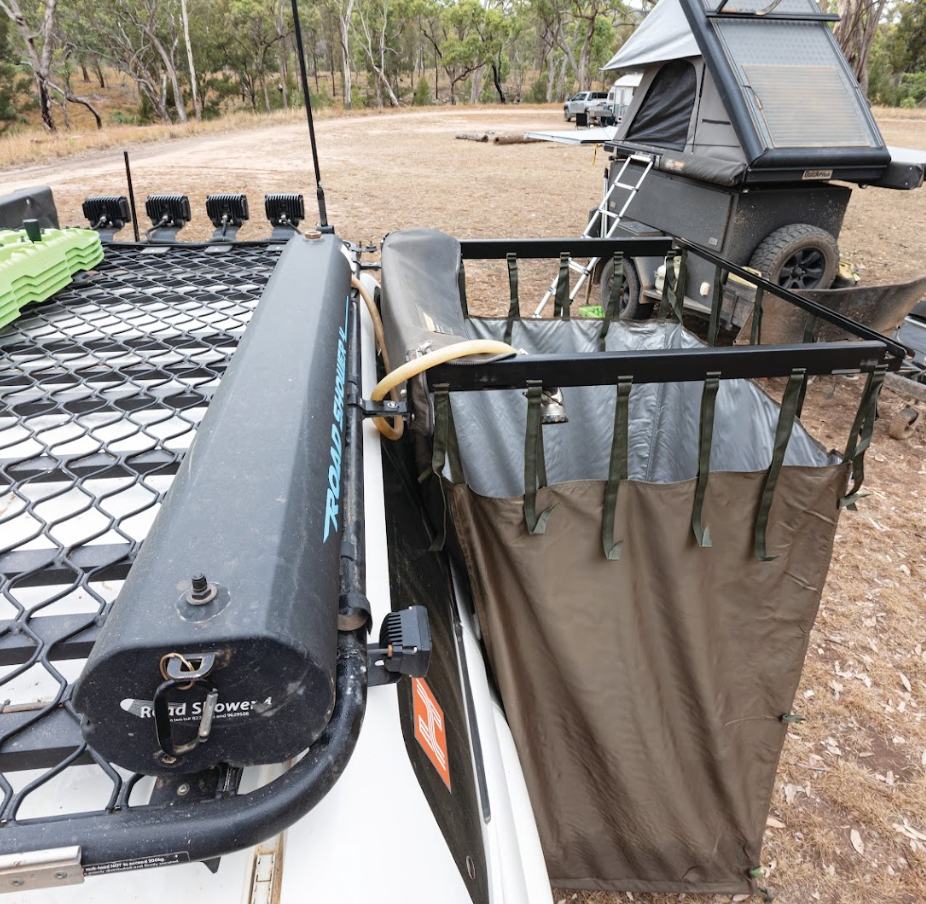
(Image: A fold-out ensuite with a solar-heated water supply is a great option.)
A portable instantaneous hot water unit is also a popular choice, but trying to pack up that ensuite tent will be a challenge.jpg
An ensuite tent is a marriage saver, especially the ones that are hard mounted and fold out to make a good-sized privacy screen.
Add a hot water service and you can enjoy nice hot showers for as long as there is water in supply. By hot water service, I mean a metal bucket warmed on a fire, a solar-warmed unit mounted on the roof of the 4WD or camper or a portable unit that runs on propane or LPG. Throw in a 12V pump and you have hot, flowing water.
WATER
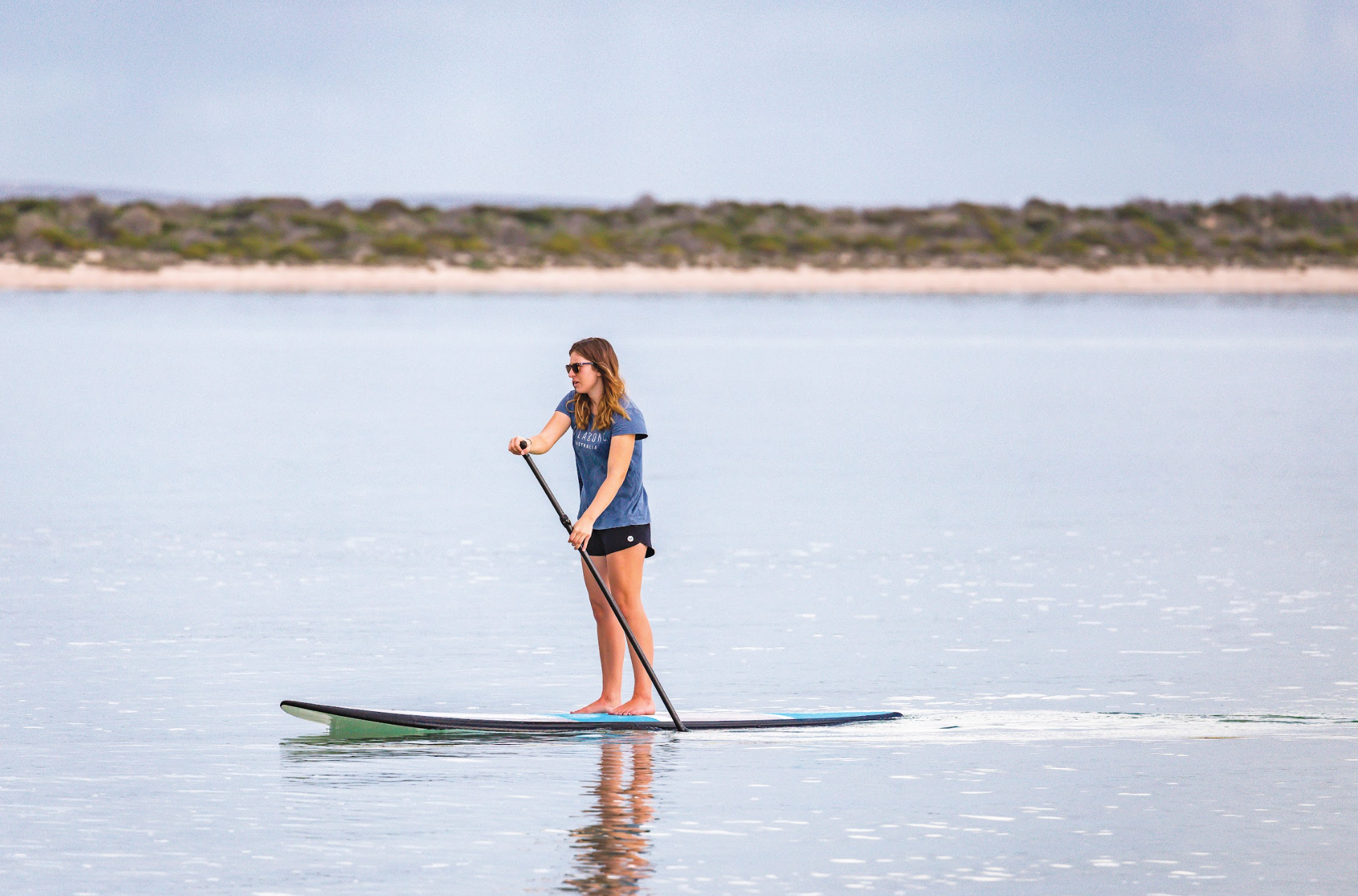
(Image: A SUP is a great way to enjoy the water when free camping.)
Installing water tanks or jerry cans to allow you to carry as much water as you need is crucial when it comes to free camping. Here are a couple of mods that will help you collect water to keep water storage topped up.
A water lift pump will allow you to draw from any watercourse and turn it into potable water. All you need is a decent 12V pump connected to a battery, a hose suitable for drinking water, a charcoal filter at the bilge end and a silver filter before it reaches your water storage.
The second mod is using your awning to collect water when it rains. You can buy kits such as the Rain Saver Gutter or just make your own using a bucket with a hose connection fitted to its base, a length of drinking water hose and a filter before the water storage, allowing you to easily top up your tanks with fresh rainwater.
REAL POWER
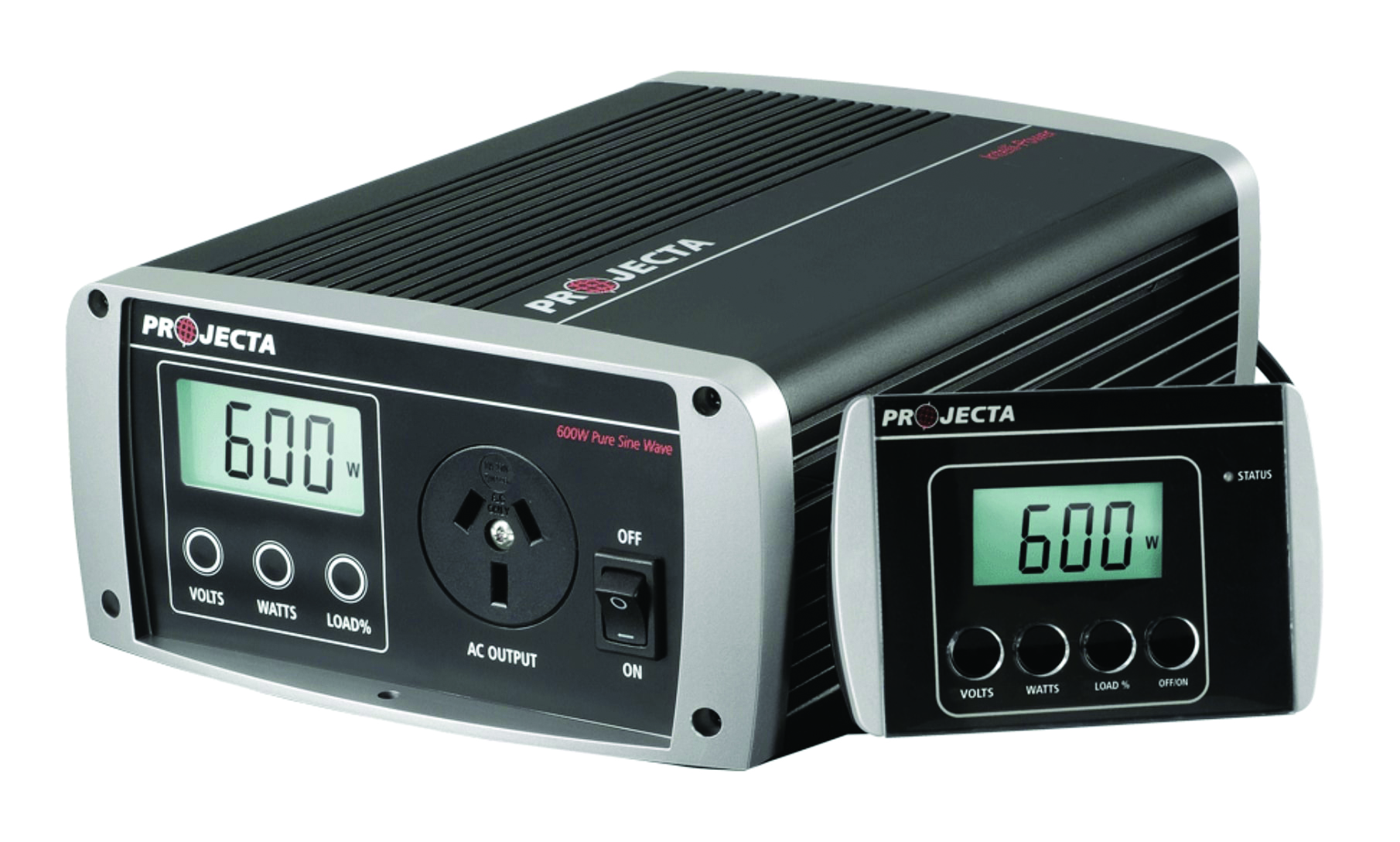
(Image: Get the right-sized inverter to suit your needs, if all you’re going to use it for is charging the laptop and camera, go smaller.)
A pure-sine inverter is the best type to use for electronic items that need a constant charge and best replicates the power you use at home. A modified sine wave inverter is a cheaper option, however, the charge it outputs can fluctuate, which isn’t something your laptop or camera batteries like.
The best way to calculate the size of the inverter required is to look at the specifications of the devices you are thinking of running and add up the number of watts they draw. Once you’ve reached a total, it’s simple to find the right inverter. You will also need to see if your auxiliary battery can handle the inverter outputs because a 100Ah battery won’t last long with a 2000W inverter running an induction stove, hairdryer or electric kettle.
COOKING UP A STORM
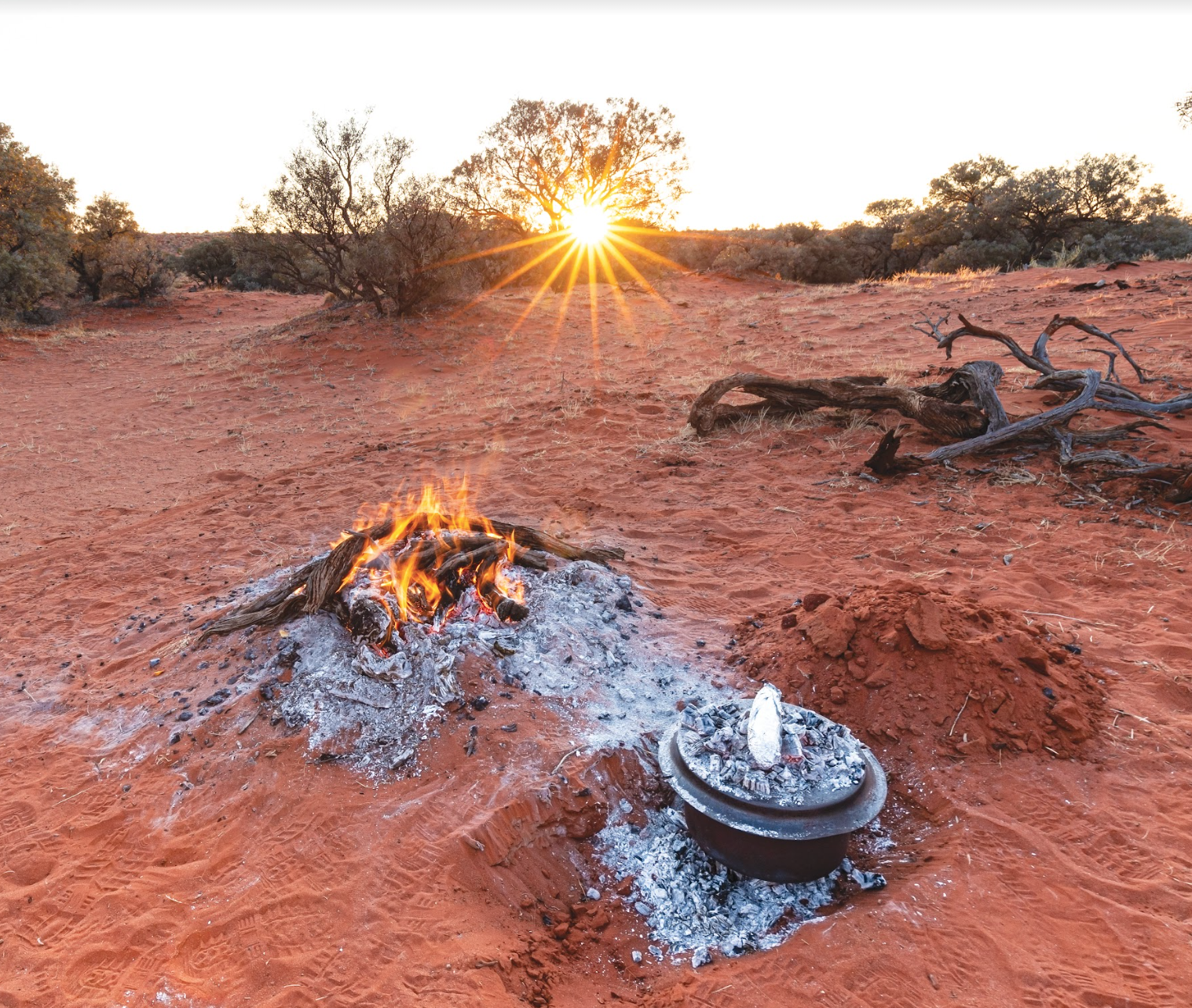
(Image: Learning to use a camp oven is a great skill to have.)
A 12V oven, such as the Aussie-made Travel Buddy, is great for heating pies, sausage rolls and doughnuts, cooking a roast and reheating leftovers.
A stove, either butane, propane, LPG or induction is very handy for cooking meals the same as you would at home. Many free campers don’t leave home without a barbecue. All these tools can be used, even on days of total fire ban.
Cooking with fire is a real skill, developed over years of camping. Cookbooks such as Viv Moon’s Outdoor Cookbook or Fire to Fork by Harry Fisher will teach you how to cook over a fire using camp ovens, woks, grill baskets, braais, grill plates and portable fire pits.
PIMPING YOUR ROOFTOP TENT

(Image: A sirocco fan is a great option for your camper or rooftop tent, but a portable fan is just as good.)
Some mods to your rooftop tent can improve the living conditions and they are also a great place to mount solar panels/blankets. If the tent doesn’t come with a condensation mat, add one. Darche sells one that fits most rooftop tents, and it lives underneath the mattress.
On warm nights a fan can help and it doesn’t matter if it is a cheap tent fan, an expensive Sirocco, or a battery-operated Coleman portable fan, just having air moving around you can make life better.
When it’s cold there are a few options, but staying safe is important. A 12V electric blanket or a diesel heater is a good option. A heater that uses butane or propane is not, as they are a fire risk when they topple over and create CO2 that is lethal.
2 comments









Lithium batteries might be all the rage, BUT, with a few that ignite, causing fire and damage to property and possessions, I am very wary of them. I am still a believer in the tried and trusted lead acid batteries.
If taking water from inland water ways the mud will quickly block a charcoal filter, take spares if you can’t clean them.